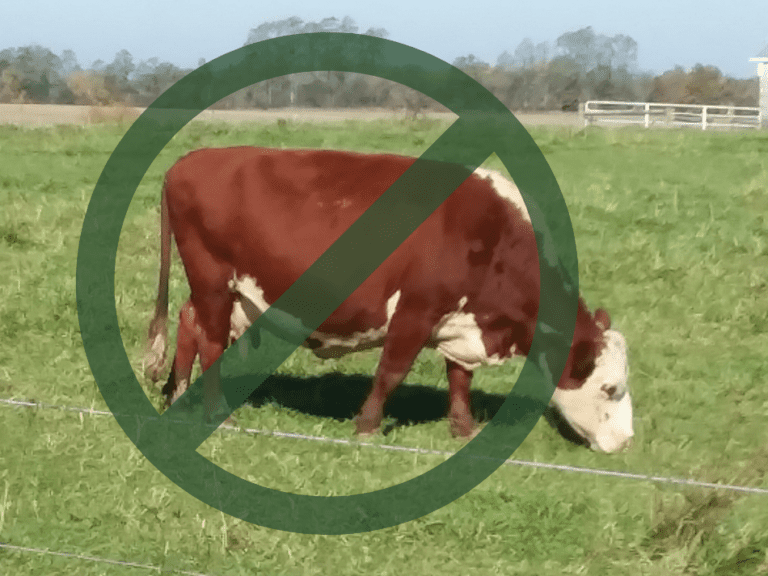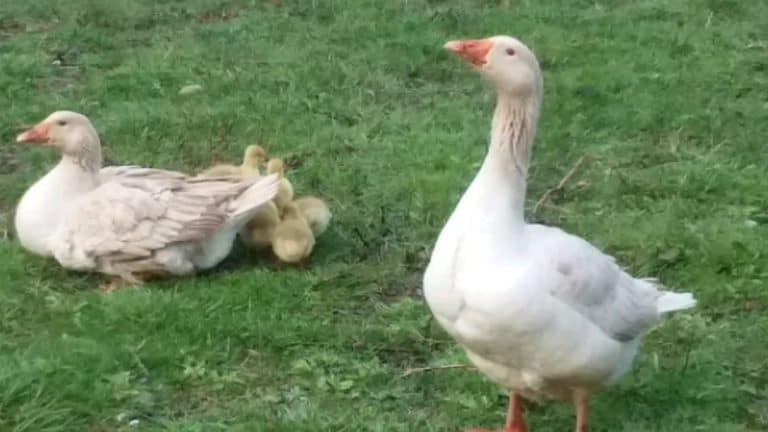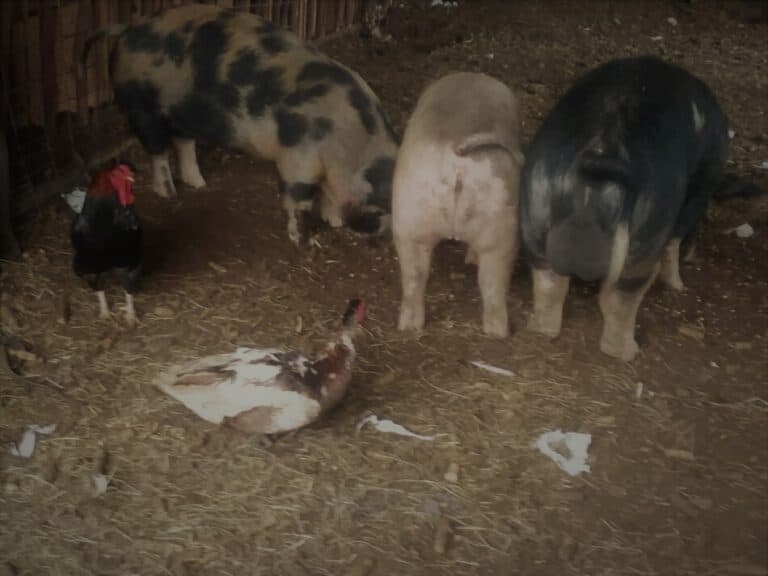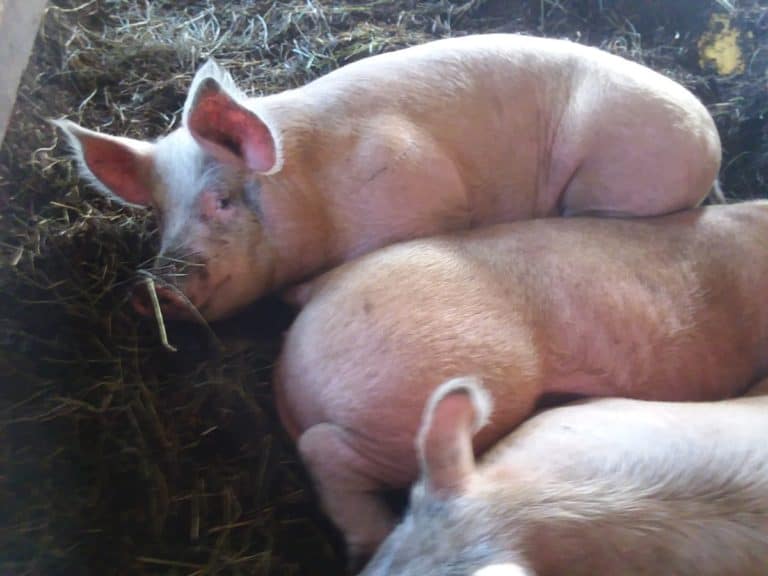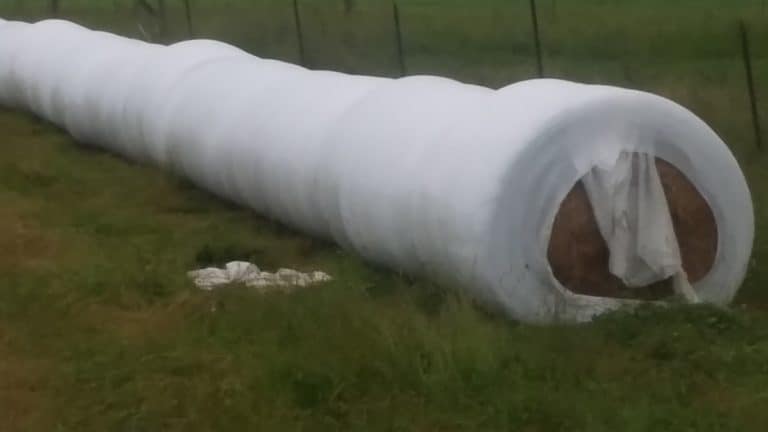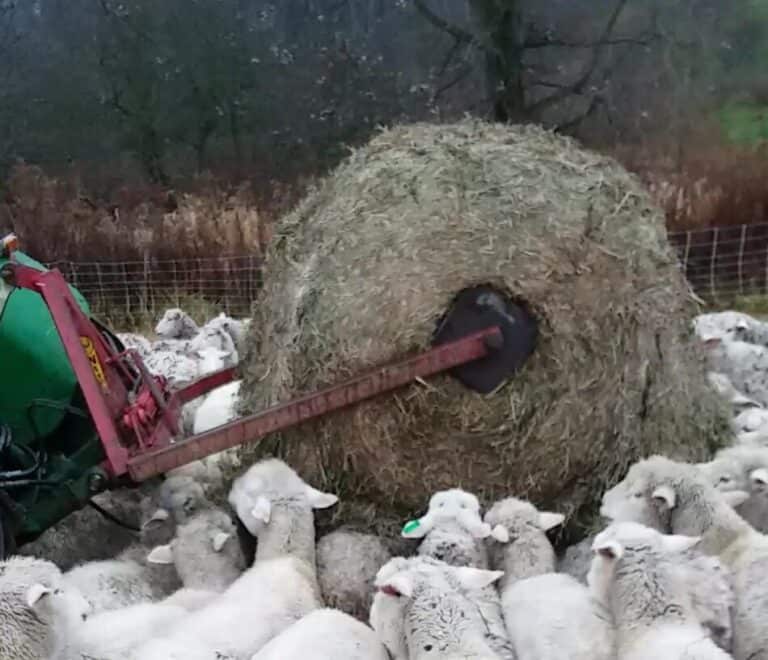Pasture Raised Vs Free Range: Which Is Better?

It’s confusing! The buzzwords are everywhere, complete with cute pictures on the carton or website! But, what does it all really mean? Pasture raised and free range sound a lot alike, to me!
How do the animals live their daily lives and which words on the label will help you to buy what you think you are buying?
Pasture raised means that animal lived on pasture at some time in it’s life, not necessarily all of the time. Free Range is defined by the USDA as “continuous access to the outdoors” which can be anywhere from hens on pasture to an open window in the barn.
I like to know that my money is being well spent. Unfortunately, pasture raised and free range seem to be terms that are close in meaning and very open to being technically correct while being misleading in practice.
How To Naturally Raise Happy, Healthy Pigs will give you an idea of how to give an animal a happy life.
While this article is tailored to pigs, the ideas apply to all animals, which is really what this pasture raised vs free range stuff is all about.
Pasture raised means lived on a pasture at some time in it’s life
The term pasture raised just means that the animal in question was raised on pasture at some time in it’s life.
If you are taking about chickens, this is actually a move in the right direction! Most modern chickens, whether for meat or eggs, would never spend time outside.
Pastured chicken means that these birds are having a better life than most industrial birds, which are raised completely indoors.
Most cattle are pasture raised, until weaning
Things are a bit different if you are talking about larger animals, like cattle. With cattle, the vast majority of cattle in the U.S. are raised on pasture, at least for the first part of their lives, this is normal.
Where things go off of normal is when calves are weaned, they are sold as feeders. Feeders, also called stockers, are born at someone else’s place and you buy them to feed out to market weight. This is where things go wobbly.
Many feeder steers are fed in feed lots, this is the part that is objectionable to most people about the current way many beef producers are choosing to finish (grow out) cattle.
Calves in the feed lot would have been “raised on pasture” from when they were born until late fall, early winter. Then they are sold or moved to a feedlot, which is definitely not pasture anymore.
To be clear, cattle and any other ruminant (sheep, goats) do not need to be kept in a feedlot and fed grain. They can and do grow just fine on forage.
It just takes longer to finish ruminants on grass, rather than to finish them by feeding grain.
This is why grain feeding is popular. Especially, with corn being so abundantly available, sometimes buying hay is actually tough and grain feeding is cheaper!

Other terms you may come across for your meat:
- pasture finished, animals on pasture up to market size, possibly fed grain
- grain fed and finished, animals ate grain most of life
- grass fed, ate grass at some time in life
- grass finished, at grass while nearing market weight, possibly fed grain
- 100% pasture/grass fed and finished, this animal (ruminant) ate only grass, no grain ever
Obviously there are plenty of terms here! Which one suits you best depends upon what specifically you prefer and what you want to support with your dollar.
To be clear: I am not telling you what to choose, I am just hoping to bring some clarity to a set of muddy terms so you will be getting the value that you are paying for. Sure, I have my preferences, but they may not be the same as yours!
Free range means “Access to the outdoors”
• Free Range definition: Eggs packed in USDA grademarked consumer packages labeled as free range must be produced by hens housed in a building, room, or area that allows for unlimited access to food, water, and continuous access to the outdoors during their laying cycle. Aug 22, 2016
Free-range – Agricultural Marketing Service – USDA
https://www.ams.usda.gov › default › files › media
Free range is actually only defined for poultry, specifically with regards to eggs. This means that the term free range is only defined for eggs from hen being kept as layers, other uses of free range are not specific.
The other thing to note regarding free range is that in the definition it states “during their laying cycle” meaning these rules only apply to the hens when they are producing eggs, not when they are growing.
Is Raising Chickens For Eggs Worth It? will give you an idea of the costs and time commitments involved in getting chicks up to laying age and keeping them in top form to produce great eggs.
Free range standard applied to chickens and other animals
Since free range is only applicable to egg laying chickens while they are laying, this chart is more of an “if”, as in if free range standard were applied to other animals what would that look like.
As mentioned above, free range is only officially defined for eggs, so the following chart is more of a though exercise to get your mind working.
The idea here is to show you what the range of possibilities for how your food is being raised looks like so you can decide what is right for you and where you want to spend your money.
| Animal | Free Range* Looks Like | Pasture Raised Looks Like |
| Laying Hens | Likely: hens roaming around a building with open windows or sides Best Case: hens on a small pasture attached to henhouse | Likely: hens outside on vegetation Best Case: hens on pasture and moved frequently to fresh grass |
| Meat Chickens | Likely: normal CAFO practices (if applied to meat chickens) Best Case: birds on small lot | Likely: birds on pasture for last half of life Best Case: birds on pasture after 3 weeks, fresh pasture daily |
| Beef Cattle | Likely: normal CAFO practices (if applied to cattle) Best Case: cattle on grass | Likely: cattle on pasture until weaned then not raised on pasture Best Case: cattle on pasture their entire lives |
| Dairy Cattle | Likely: normal CAFO practices (if applied to dairy cattle) Best Case: cattle out on pasture | Likely: non milking cattle on pasture Best Case: milking herd on fresh pasture daily |
| Sheep | Likely: normal sheep barn or CAFO Best Case: sheep on small pasture | Likely: sheep on pasture until weaned Best Case: sheep on pasture entire lives |
| Pigs | Likely: normal CAFO practices (if applied to pigs) Best Case: pigs on small pasture or dirt lot | Likely: pigs raised outside, not much pasture will be left when pigs are bigger Best Case: pigs raised outside on rotated pastures |
| Goats | Likely: normal CAFO practices (if applied to goats) Best Case: goats on dirt lot or small pasture/overgrown lot | Likely: goats raised pasture until weaned Best Case: goats on pasture or overgrown lot, moved to fresh ground as needed |
| Dairy Goats | same as above | slightly different: goat kids would be kept in the barn to be bottle fed, not kept with mom until weaned |
| Other Poultry | Likely: normal CAFO practices (if applied to other poultry) Best Case: poultry have small pasture or dirt lot to roam | Likely: birds on pasture in shelters from 3 weeks of age with supplemental feed Best Case: birds on pasture from 3 weeks of age with supplemental feed, pasture moved daily |
